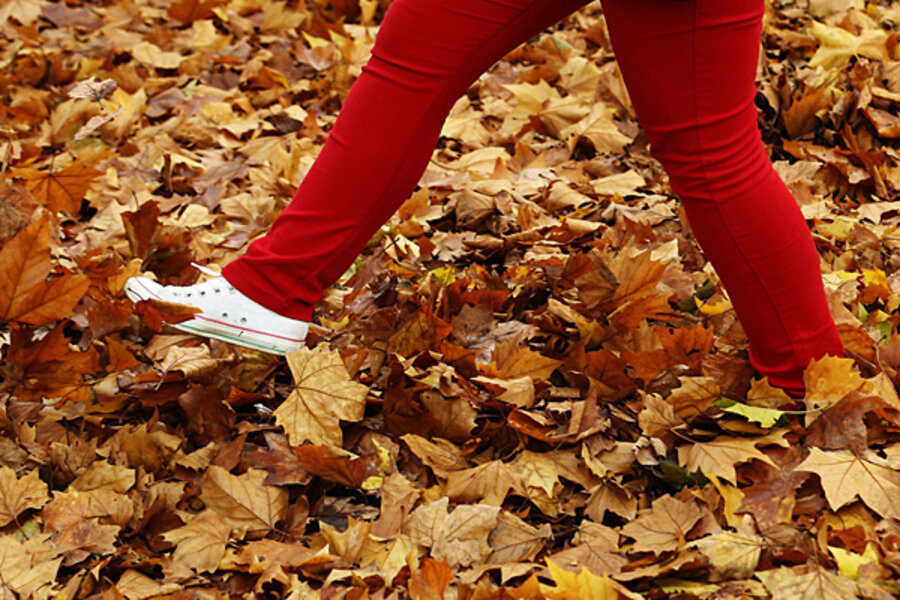Daylight saving time ends: How to light up the fall (and save money)
Loading...
Cooler, shorter days mean more lighting and heating, but it doesn't have to mean killer utility bills.
Daylight saving time ends at 2 a.m. on Sunday, Nov. 3, in most states. The clock-tinkering policy is itself an attempt to cut down on electricity use, but that has shown mixed results. Luckily, there's no shortage of other ways to power through peak lighting and heating season more efficiently, especially as the price of advanced light bulbs and heating technologies continue to fall.
The coming winter is expected to be much like the last, with the Northeast about 3 percent colder and the West about 3 percent warmer, according to the US Energy Information Administration (EIA). Still, the half of the the country that heats their home with natural gas can expect to pay on average 13 percent – about $80 – more on their heating bills this winter than they did last winter.
That may seem like a big jump, but natural gas users will still pay less than the five-year average, largely thanks to the domestic boom in natural gas production. Propane users will see their heating expense rise by 9 percent, according to EIA, and electricity users will see a 2 percent jump. Homeowners that rely on heating oil to stay warm are the only group expected to see a drop in the utility bill – costs are projected to fall by 2 percent.
So with the end of daylight saving quickly approaching, here are a few ways to make your fall and winter a little easier on the wallet:
Compact fluorescent light bulbs are the first to come to mind, but more and more users are opting for the next generation of efficient lighting: light-emitting diodes (LEDs). The technology has long been beyond the price range of the average consumer, but that's changing. A couple years ago, a typical LED bulb might have cost you $25 to $40, but that's dropped to $10 today. They use at least 75 percent less energy, and last 25 times longer, than incandescent lighting, so you're likely to recoup the upfront cost over the life of the product. Considering lighting makes up about 12 percent of residential electricity use, it could be a good investment.
There's nothing worse for your utility bill than a drafty house. Choose Energy Star rated windows for new installations and add storm windows or insulating drapes to existing ones. In cold weather, most draperies can reduce heat loss from a warm room up to 10 percent, according to the Department of Energy (DOE). Since heat rises, it's even more important to make sure your attic is adequately insulated.
The conventional wisdom is to turn up the thermostat when it's cold inside, but there are alternatives. Wool, for example, is perhaps the world's oldest, most reliable insulator. No matter how you feel about Jimmy Carter donning a cardigan, it's true that putting on a sweater is an effective, inexpensive way to keep warm. When you're asleep, or away from home, turning the thermostat down by 10 to 15 degrees can save you about 10 percent a year on your heating bill, according to DOE. A programmable thermostat will help you do that, and the latest generation of "smart" thermostats can help you find even greater savings in life after daylight saving.








